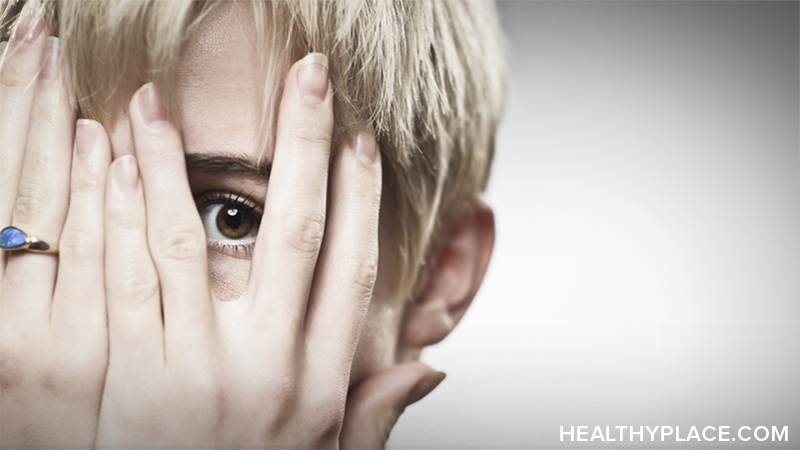Types of Phobias: Social Phobias and Specific Phobias

People with different types of phobias often recognize their fear is irrational and that no real danger is present, but most require help in order to overcome their phobia. The definition of a phobia is an overwhelming, persistent, unreasonable fear of an object or situation.
There are three types of phobias, according to the latest version of the Diagnostic and Statistical Manual of Mental Disorders (DSM-IV-TR):
- Social phobia (aka social anxiety disorder)
- Specific (or simple) phobia
- Agoraphobia – fear of being alone in a public place
Each type of phobia can vary in severity – from mild to a severe, debilitating disorder. The earlier a phobia develops and the longer you wait to treat the phobia, the more difficult it becomes to recover from it. Without treatment, a person is sometimes left trying to avoid their feared situation for the rest of their lives.
Social Phobia
About 15 million adults in the United States have a social phobic disorder and most developed symptoms in their early teens. Social phobias are more than mere feelings of shyness. Social phobias involve self-consciousness to the point of paralyzation. Social phobias stem from the worry that others will judge negatively and with excessive scrutiny.
Examples of social phobias include:
- Fear of public speaking
- Fear of using public restrooms
- Fear of eating with other people
- Fear of social contact in general
Social phobia may be so severe as to limit someone's interpersonal contact completely. If this happens, the phobia can prevent social skills from developing and prevent social connections, friendships or relationships altogether.
Social phobia is often a precursor to agoraphobia, which can be seen as a worsening of the social phobia. Agoraphobia spreads the phobia to many more situations, often with panic attacks. This may occur because of a long delay in getting treatment. More than one-third of people with social phobia report waiting 10 years or more before seeking help for the disorder.1 (Take our social anxiety disorder test)
What are Specific (Simple) Phobias?
A specific, or simple, phobia is the fear of a particular object or situation. Most people are familiar with this type of phobia. For example, many people fear spiders; if a person's fear is irrationally exaggerated enough, this might classify as a specific phobia. People with specific phobias actively seek to avoid the feared object or situation often to the detriment of everyday life.
There are five types of specific phobias, they include:2
- Animal – common examples include fear of dogs, snakes or spiders
- Natural environment – examples include fear of height, water or thunderstorms
- Blood injections / injury – common examples are the fear of pain or being beaten
- Situational – such as fear of flying or elevators
- Other – phobias which do not specifically fit into another subtype
Specific phobias often develop at a young age. Animal phobias target the youngest age group and can start at an average age of seven years old. Other early-developing phobias include blood phobia at age nine and dental phobia at age twelve.
APA Reference
Tracy, N.
(2019, October 28). Types of Phobias: Social Phobias and Specific Phobias, HealthyPlace. Retrieved
on 2025, November 27 from https://www.healthyplace.com/anxiety-panic/phobias/types-of-phobias-social-phobias-and-specific-phobias


